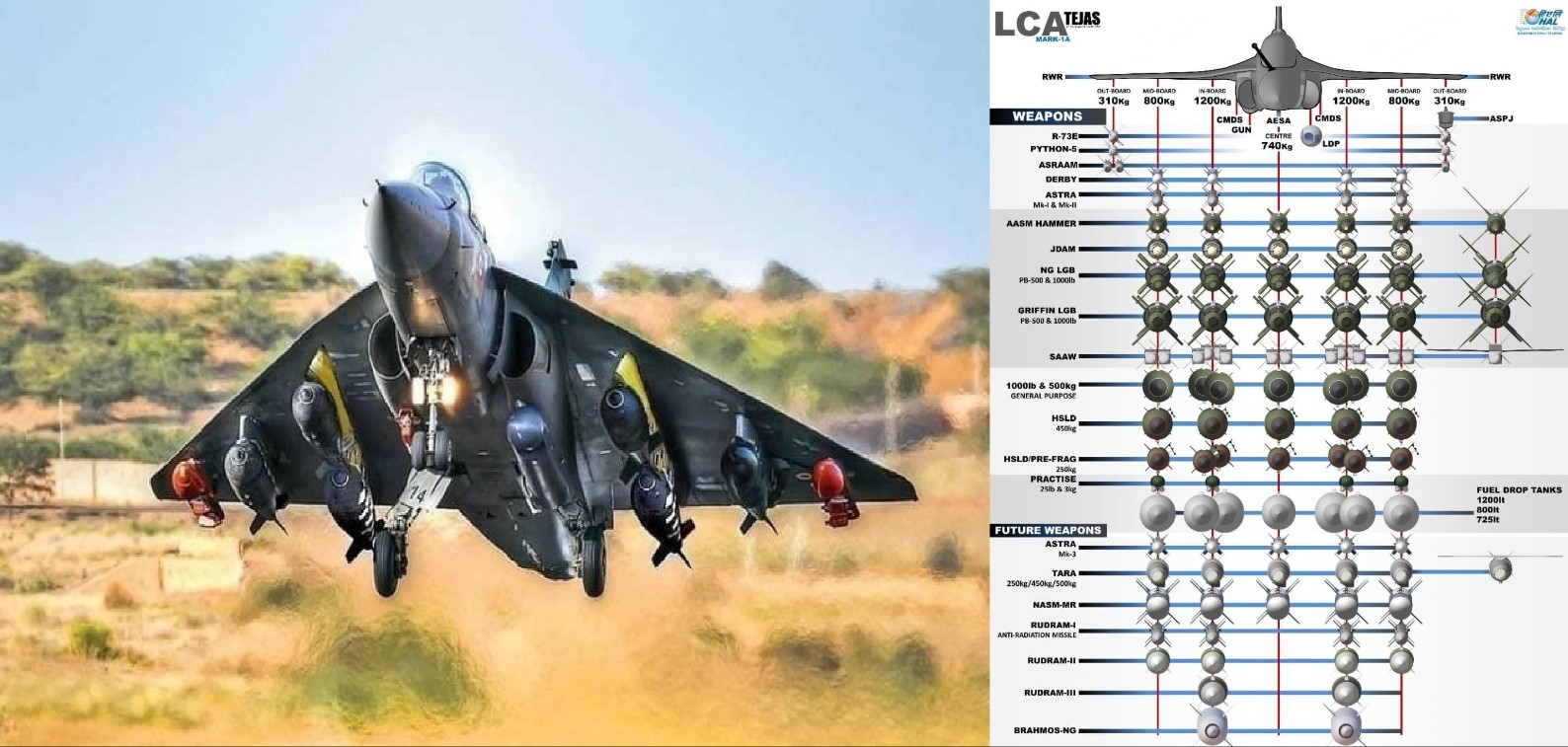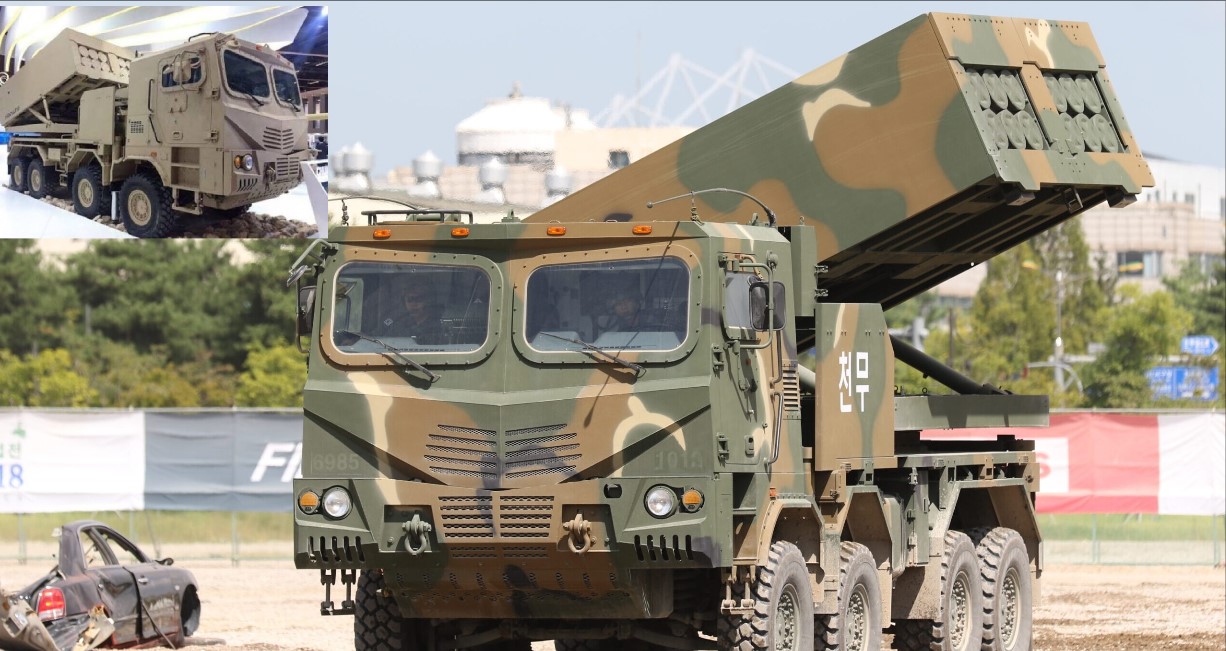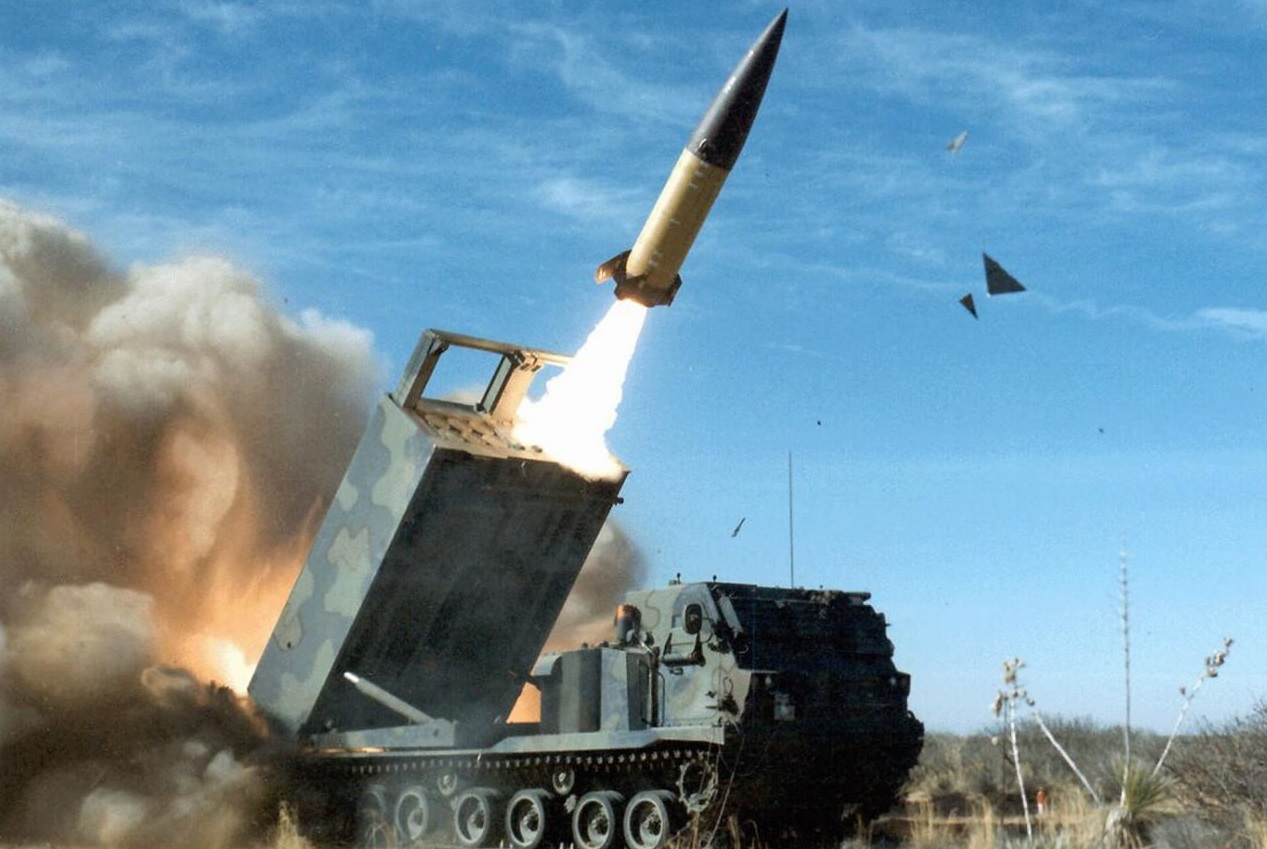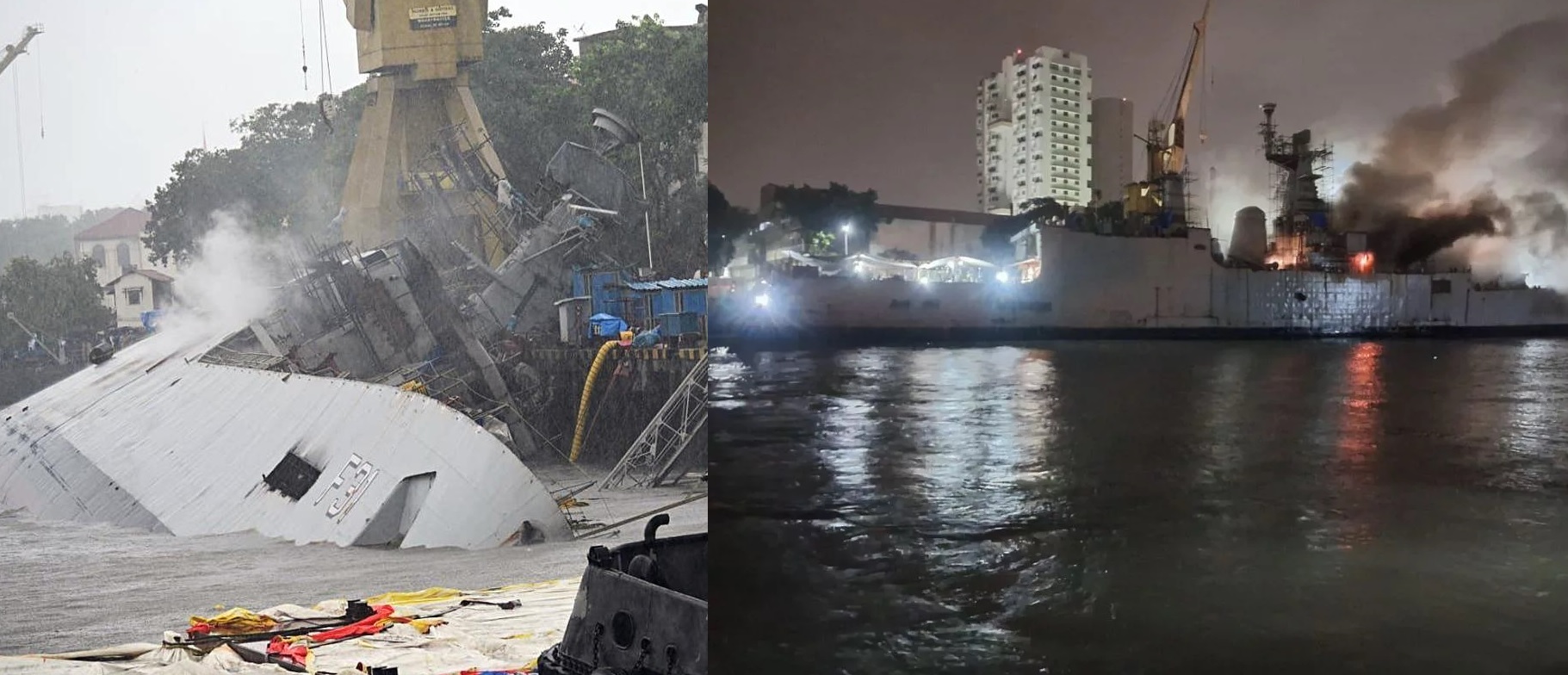How Tejas Mk1A’s Adaptability Elevates Its Arsenal with JDAM, HAMMER, SPICE, Al Tariq, and TARA Weapons

The Indian Air Force's indigenously developed fighter jet, the Tejas Mk1A, has transformed into a true powerhouse of adaptability and firepower. This advanced light combat aircraft, engineered by Hindustan Aeronautics Limited (HAL), reflects India’s strategic vision of a potent yet flexible combat platform that can meet a wide variety of operational requirements. The Tejas Mk1A's integration of weapons systems from a global spectrum of manufacturers highlights not only India’s pursuit of self-reliance but also a well-thought-out approach to diversifying its defence capabilities.
What truly sets the Tejas Mk1A apart is its open architecture and modular weapon systems that allow for the seamless integration of a wide range of munitions. This flexibility is a feature more commonly seen in nations with highly developed and independent defence sectors. By equipping the Tejas with weapons sourced from multiple countries—including the United States, France, Israel, the UAE, and India itself—the aircraft achieves an unprecedented level of operational versatility.
Take, for instance, the JDAM-ER from the United States. This Joint Direct Attack Munition-Extended Range transforms conventional unguided bombs into precision-guided smart munitions. With an extended range and all-weather strike capability, the JDAM-ER enables the Tejas to attack enemy positions from a safe distance, minimizing exposure to hostile air defences. This precision strike system integrates seamlessly with the Tejas’s avionics, providing a robust solution for long-range engagements.
The Tejas Mk1A also boasts the highly capable HAMMER missile system from France. The HAMMER (Highly Agile Modular Munition Extended Range) is a precision-guided standoff weapon designed to strike fortified and high-value targets from a distance of up to 70 kilometers. Its modular design allows for different warheads to be tailored to specific missions, giving the Tejas a significant edge in precision and flexibility during combat scenarios.
From Israel comes the SPICE family of precision-guided munitions. SPICE (Smart, Precise Impact, and Cost-Effective) bombs are renowned for their advanced electro-optical guidance systems, which allow them to function in GPS-denied environments—a crucial capability in modern warfare. This ensures that the Tejas can conduct precision strikes even when satellite navigation is compromised, offering the Indian Air Force a significant strategic advantage.
The UAE’s contribution to the Tejas arsenal is the Al Tariq guided bomb system. Al Tariq bombs are known for their advanced guidance kits and versatile warhead options, including penetrative, fragmentation, and general-purpose variants. These guided munitions enhance the Tejas’s strike capabilities, making it a multi-role fighter well-suited for diverse missions. With the integration of Al Tariq weapons, the Tejas can engage a wider array of target types with exceptional precision.
Furthering India's indigenous defence capabilities is the TARA Smart Bomb, developed by the Defence Research and Development Organisation (DRDO). TARA is a cost-effective, precision-guided weapon system that aligns with India’s "Make in India" ethos. It provides the Tejas with a homegrown option for high-accuracy strikes, reducing dependence on foreign suppliers and strengthening national self-sufficiency.
The Tejas Mk1A's open architecture is a crucial enabler of this wide-ranging weapons integration. This flexible design allows for easy adaptation and upgrades, ensuring that the aircraft can incorporate new technologies as they become available. Such adaptability not only enhances combat effectiveness but also ensures the Tejas remains a relevant and formidable platform for decades to come.
Furthermore, this diversification of munitions sources is a strategic masterstroke. By distributing its reliance across multiple nations, India reduces the risk associated with geopolitical tensions and supply chain disruptions. This ensures continuous access to cutting-edge military technology, even in an unpredictable global landscape.
As the Indian Air Force continues to induct the Tejas Mk1A into its fleet, the aircraft’s unique combination of international and indigenous weapons systems positions it as a critical component of India's air defence strategy. The Tejas Mk1A stands ready to execute a variety of missions, from surgical strikes to extensive air-to-ground operations, solidifying its role as a multi-faceted force multiplier in South Asia’s evolving security environment.
The Tejas Mk1A is, without a doubt, a game-changer for the Indian Air Force, a symbol of India’s commitment to building a modern and self-reliant defence infrastructure while leveraging the best technologies from around the world.


